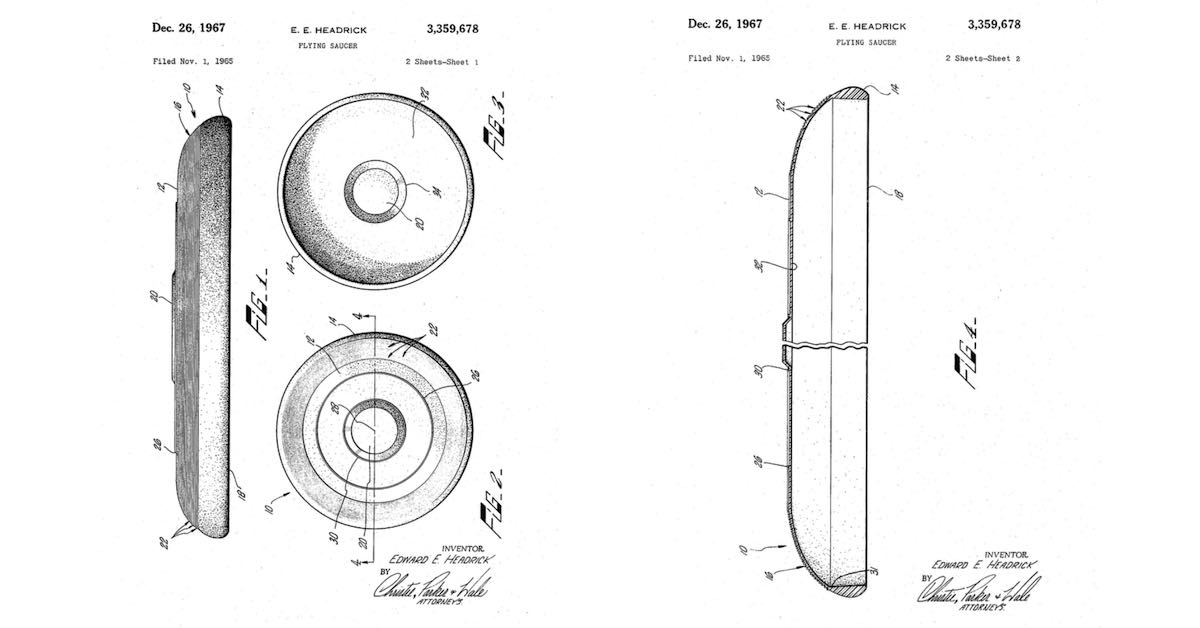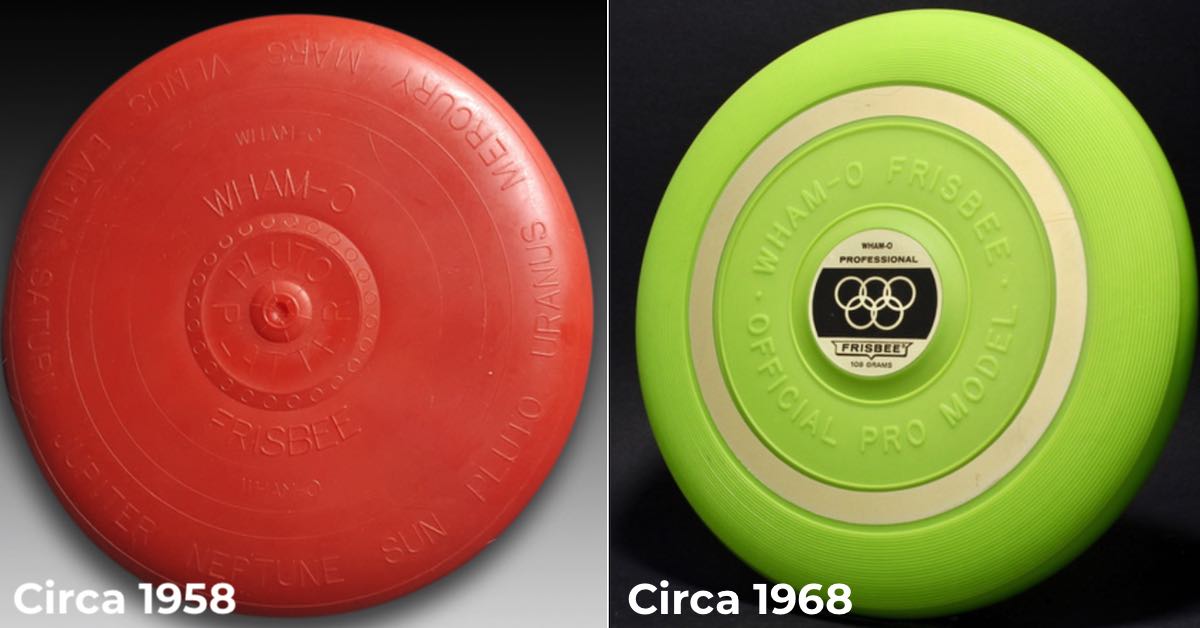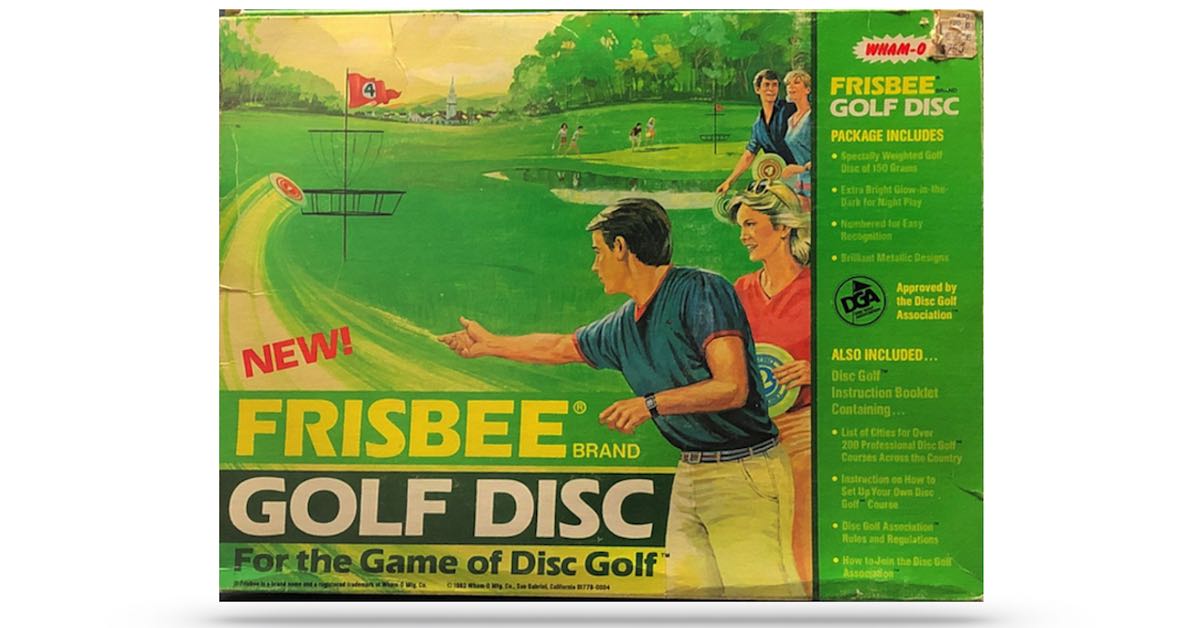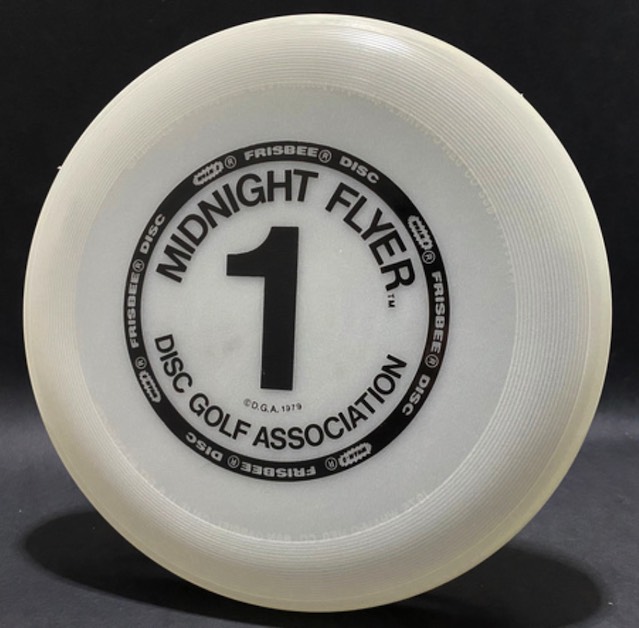Frisbee golf or disc golf – what's the difference? As far as the sport they refer to, nothing at all.
Still, say "Frisbee golf" in the presence of some players, and you'll swiftly be told, "It's disc golf." This is especially true in the United States, which is home to both the most disc golfers and most disc golf courses of any country in the world.
However, while plenty of people are quick to say "Frisbee golf" is wrong and "disc golf" is right, not many know the reasons for that common belief. In North America, an even smaller number are aware that in quite a few countries "Frisbee golf" is perfectly acceptable and used by even the most serious players.
Become one of the enlightened few by joining us in a look at the history that gave rise to the Frisbee golf v. disc golf debate.
Why Is Frisbee Golf 'Wrong'?
The U.S. company Wham-O has owned a federal trademark for the word "Frisbee" since 1959 and started using the word for its products as early as 1957. Due to Wham-O's trademark, Frisbee can't be used in any official capacity to reference flying discs or games/equipment involving them in the United States without Wham-O's permission.
Prior to its trademark, Wham-O sold a plastic flying disc invented by Fred Morrison called the Pluto Platter. According to Phil Kennedy, co-author along with Morrison of the book Flat Flip Flies Straight: True Origins of the Frisbee, Wham-O likely took up the strange word "Frisbee" in response to a 1957 Sports Illustrated article, which said:
At Princeton, the air has been filled lately with flying objects, every one of which can be identified as a Pluto Platter made by Wham-O. The undergraduates ignore the official name, though, and call the curious gadgets Frisbees.
That name likely harkened back to empty Frisbie Pie tins students tossed well before Pluto Platters were around, but whatever the origins of the word "Frisbee" are, we're here to find out how the name "disc golf" came about. And for that we need to jump to the 1960s.
The person behind the modern Frisbee and the person who led the original grassroots efforts to establish disc golf as a popular sport are one and the same: the late Ed Headrick (1924-2002). He held various roles at Wham-O, including Executive Vice President, in the 1960s and '70s.

Before Headrick got involved with the project, Wham-O's Frisbees weren't selling particularly well, but he thought they could be a hit with just a few adjustments.
According to Kennedy, Headrick – with an eye toward making Frisbees seem more serious and adult – took off the names of planets that had ringed the edges of Pluto Platters, (illegally) used a label with Olympic rings, added a solid-colored band, and improved the discs' flight by slightly thickening the rim. He also incorportated small ridges he called 'flight rings' where the planets had been, but Kennedy says they didn't do much – except earn Headrick a patent.
"Replacing the planet names with 'flight rings' did nothing for improved flight – contrary to the story Ed used to convince the Patent Office to grant him a new utility patent," Kennedy said.

Along with the changes, Headrick got Wham-O to heavily market Frisbees and promote their use in various new sports and skill challenges. This led to a wave of people picking up Frisbees (one source suggests 100 million were sold) and many getting interested in organized competitions involving them.
One of those competitions took the basic idea behind golf – trying to reach a distant target in as few attempts as possible – and adapted it for the Frisbee. Instead of hitting a ball, you threw a Frisbee. Instead of aiming for a hole, you picked a (typically vertical) target like a tree or lamp post.1
Though he played many other Frisbee sports, Headrick became fixated on the potential of Frisbee golf thanks to a number of early Frisbee enthusiasts (including the legendary co-inventor of disc golf's two-meter rule, Dan "Stork" Roddick) and the sport's warm reception at the Wham-O-sponsored 1975 World Frisbee Championships. True history buffs can find more on these topics in a post from the PDGA.
However, when Headrick asked Wham-O for permission to use their trademarked name to officially call a sport "Frisbee golf," the company declined. It's only conjecture, but it seems possible they were worried this use of "Frisbee" could dilute their trademark.
Whatever Wham-O's reasoning was, "Frisbee golf" wouldn't fly (pun very much intended), and Headrick had to think up something else – especially since he left his Executive VP role at Wham-O in 1975 to go all in on this new sport.
Why Is It Called Disc Golf?
Since Wham-O wouldn't allow Headrick to use its trademarked word "Frisbee," he opted to call the sport "disc golf" instead. That name gained traction thanks to Headrick's formation of both the company Disc Golf Association (today often just called DGA) and the Professional Disc Golf Association. Through the former, he sold flying discs, the world's first disc golf basket (which he invented and originally dubbed the "disc pole hole"), and courses (using his targets, naturally) across the nation. The latter was a membership-based group that is today the non-profit governing body of the sport.

Thanks to those two entities, "disc golf" was established as the sport's official name and the go-to moniker to use for tournaments, events, and products related to it if you didn't want legal ramifications.
Why Do People Still Call It Frisbee Golf?
One reason is likely that, early on, disc golf was closely connected to actual Frisbees. Even though Headrick sold his discs for the sport under the Disc Golf Association name, they were still manufactured by Wham-O. In fact, "Frisbee" was prominently stamped on some DGA discs:

However, the most obvious reason "Frisbee golf" didn't fade away entirely and may never do so is that Wham-O's flying discs were so successful that "Frisbee" now means any flying disc to many across the world. So even after non-DGA/Wham-O discs that varied greatly from Frisbees entered the sport (like the iconic Puppy and Super Puppy or the groundbreaking Eagle/Aero), many people still called them Frisbees and not "discs."
This genericization – the technical term for when a single product's name becomes synonymous with all versions of that product, e.g. Kleenex – means that no matter what those in-the-know call the game, when people see others throwing discs at targets, combining the two familiar words "Frisbee" and "golf" is a no-brainer.
So, Is It Okay for Me to Say "Frisbee Golf"?
Wham-O's trademark doesn't apply outside the United States, and "Frisbee golf" is a common name for the sport in many places where it's popular. Just type "frisbeegolf" (intentionally combined) into our international disc golf course directory and you'll see tons of Finnish courses pop up as suggestions. In disc golf hot spots Iceland, Sweden, and Norway, "frisbee golf" (technically frisbígolf in Iceland) and "disc golf" are interchangeable.

Inside the U.S., plenty of people still say "Frisbee golf" or the portmanteau "Frolf," but it is frowned upon – or at the very least smirked at – by the majority of serious players. This is so true that we pretended we'd changed our company's name from UDisc to UFrolf last April Fools knowing the sort of stir and smiles such an announcement would create.
Ultimately, unless you're using "Frisbee golf" in any sort of official capacity inside the U.S., you're free to call the sport whatever you want with the worst repercussions being possible teasing or getting corrected.
Special Thanks
We want to extend special thanks to both prominent flying disc historian Phil Kennedy and former Wham-O employee, International Frisbee Association head, and World Flying Disc Federation head Dan 'Stork' Roddick for reviewing this post prior to publication. They helped us make sure the information above was as accurate as possible.
Additionally, this would be nowhere near as fun to look at without the great work being done by the Flying Disc Museum. Visit the FDM website to see flying discs (including disc golf discs) from across the decades, and you can read more about the organization's founding and missions in our post "A Growing Home Of Disc History: The Flying Disc Museum."
Want More Fun Looks at Disc Golf Topics?
This blog is dedicated to exploring all facets of disc golf and telling stories players across the world can enjoy and learn from. If you always want to know what we've been looking into lately, consider subscribing to UDisc's Release Point newsletter.
1. Using flying discs in a golf-like game definitely pre-dates Headrick's Frisbee (Kennedy said he made up 'Pluto Platter Golf' in 1957), but the game was played more widely after the release of the Headrick's Frisbee and the explosion of flying discs' popularity that followed.
